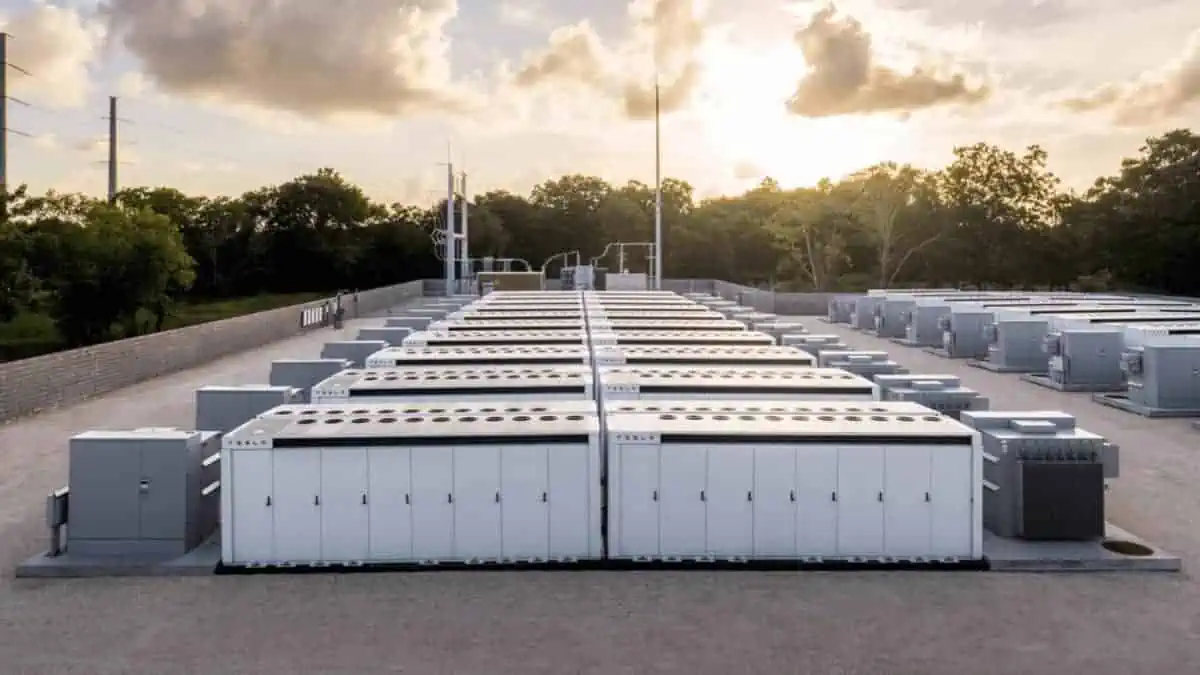Tesla’s renowned energy storage product Megapacks has once again been utilized in a significant battery system project in Alaska, with an estimated savings of approximately $121 million over 15 years.
Anchorage Daily News reported that two Southcentral Alaska utilities had deployed an enormous battery system last month using Tesla Megapacks in Anchorage to generate and offer reliable power to customers in case of emergency.
The $63 million battery system included 24 Megapacks installed on Chugach Electric Association’s land, the project’s majority owner. Meanwhile, Matanuska Electric Association owns 25% of the project.
The companies expect the batteries to be operational in October 2024 at the latest, officials with direct knowledge about the project disclosed.
The sources further noted that the battery system would lessen the utilities’ gas demand.
How does it work?
Chugach Electric’s Project Manager, Chris Kohler, explained that the power demand of the two utilities is combined. Therefore, dispatchers collaborate to distribute power to consumers in the most effective manner.
The utilities installed the Megapacks next to Chugach’s Southcentral Power Project. They will integrate the system into the Railbelt power grid through the plant.
The battery system will immediately generate power if an issue occurs on the Railbelt grid or any other problems require a new power source. It will replace the role of gas turbine generators, saving money in the long term.
“So it’s operational efficiency, savings on gas and (operations and maintenance) on our thermal generating units.”
Chris Kohler, Chugach Electric’s Project Manager
Apart from that, the Tesla Megapacks will also aid the country in cutting carbon emissions by reducing natural gas consumption. Moreover, it can also enhance power production reliability and improve its resiliency.
Chugach Electric’s business development analyst Mark Henspeter further explained that the battery system’s efficiency reduces in winter. However, it has a thermal management system that aids batteries in maintaining their optimal temperature.
The utilities expect the batteries to generate electricity of 40 megawatts for approximately two hours, reflecting about 15% of Chugach’s power demand at any time during the summer.
The project will undoubtedly become an effective alternative to burning natural gas for the two utilities.
“It’ll be a great way to learn as we look at a larger energy transition.”
Julie Estey, Matanuska Electric Association spokeswoman
See Also:
- Tesla Megapacks power airport and Coast Guard stations during natural disasters
- Tesla Megapacks aid Panasonic’s project to generate renewable energy production
- Tesla Megapacks land in Hawaii with the state’s last coal shipment
- Tesla Lathrop Megafactory confirmed to have 10k Megapacks production capacity yearly
- Tesla powers Eneco’s biggest battery venture
Industry analysts predict a looming shortage of Cook Inlet gas by 2027. Meanwhile, Chugach and Matanuska’s gas supply contracts will end in 2028.
Therefore, this project will undoubtedly aid the electric utilities with their power demand when the shortage occurs.






